Buzz Milking and Shooting Stars
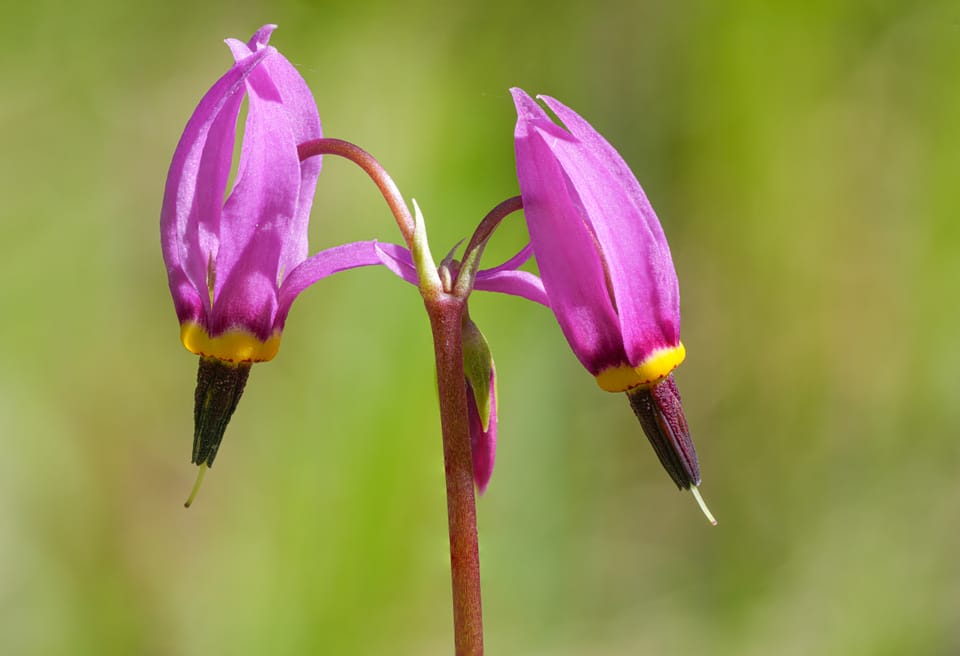
One challenge that flowers face is how to make their pollen available to flower visitors without the pollen being wasted. Pollen is rich in nutrients and expensive to produce, so flowers want to entice visitors using the smallest amount of pollen possible while hoping that most of the pollen is delivered to other flowers.
Complicating the picture, flowers must also thwart thieves and cheats who are angling for free handouts, so juggling all these competing needs has led to a range of fascinating pollination strategies among the world's flowers.
One of the most interesting pollination strategies is called buzz pollination (or buzz milking), and it involves a unique relationship between bees and a specialized type of flower.
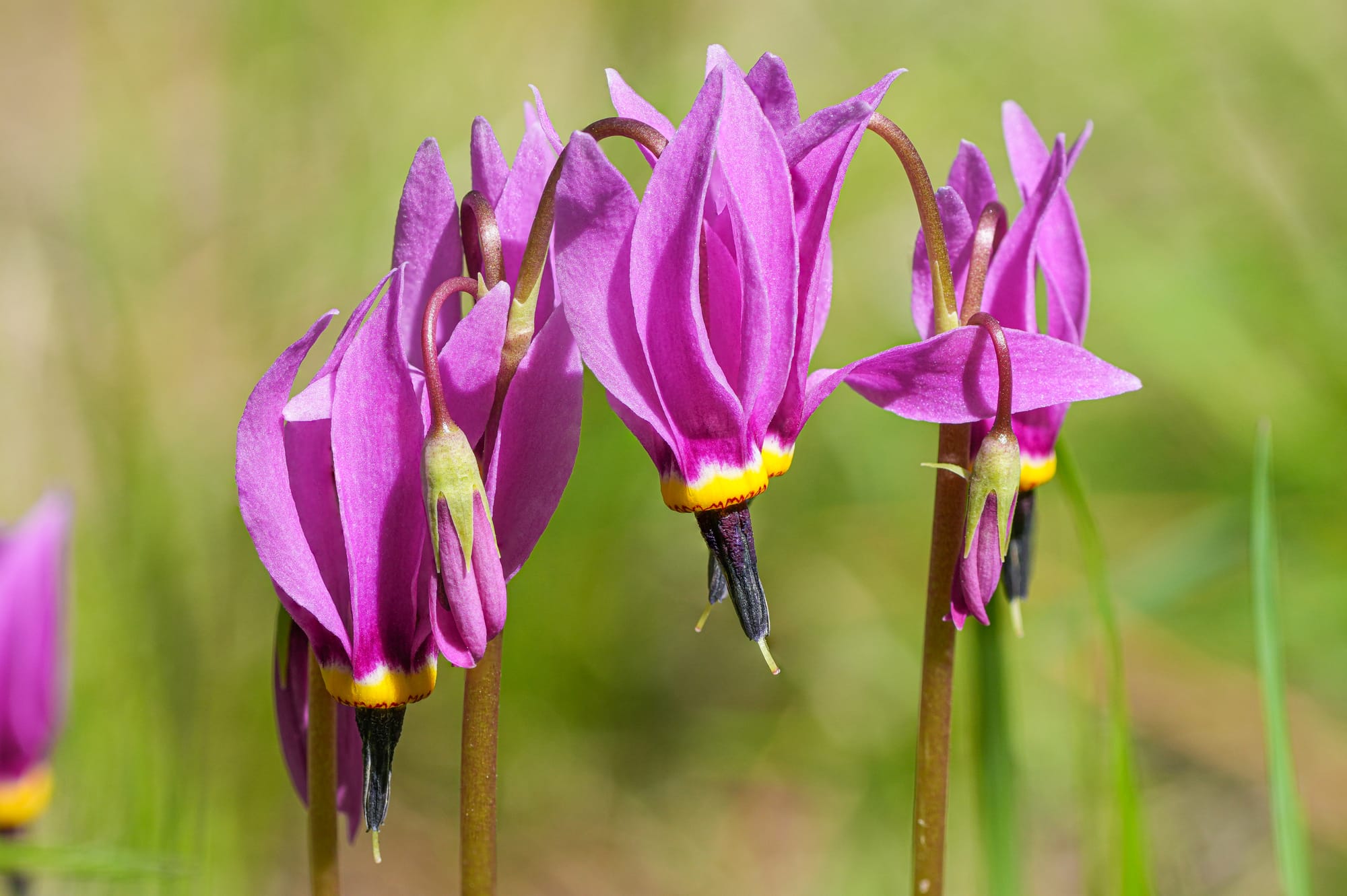
These are flowers, such as shooting stars, that sweep their petals backwards to prominently advertise their pollen-producing anthers. Although exposed and easy to reach, these anthers only release their pollen through a tiny pore which restricts access to bees who handle the flower in a specific way.
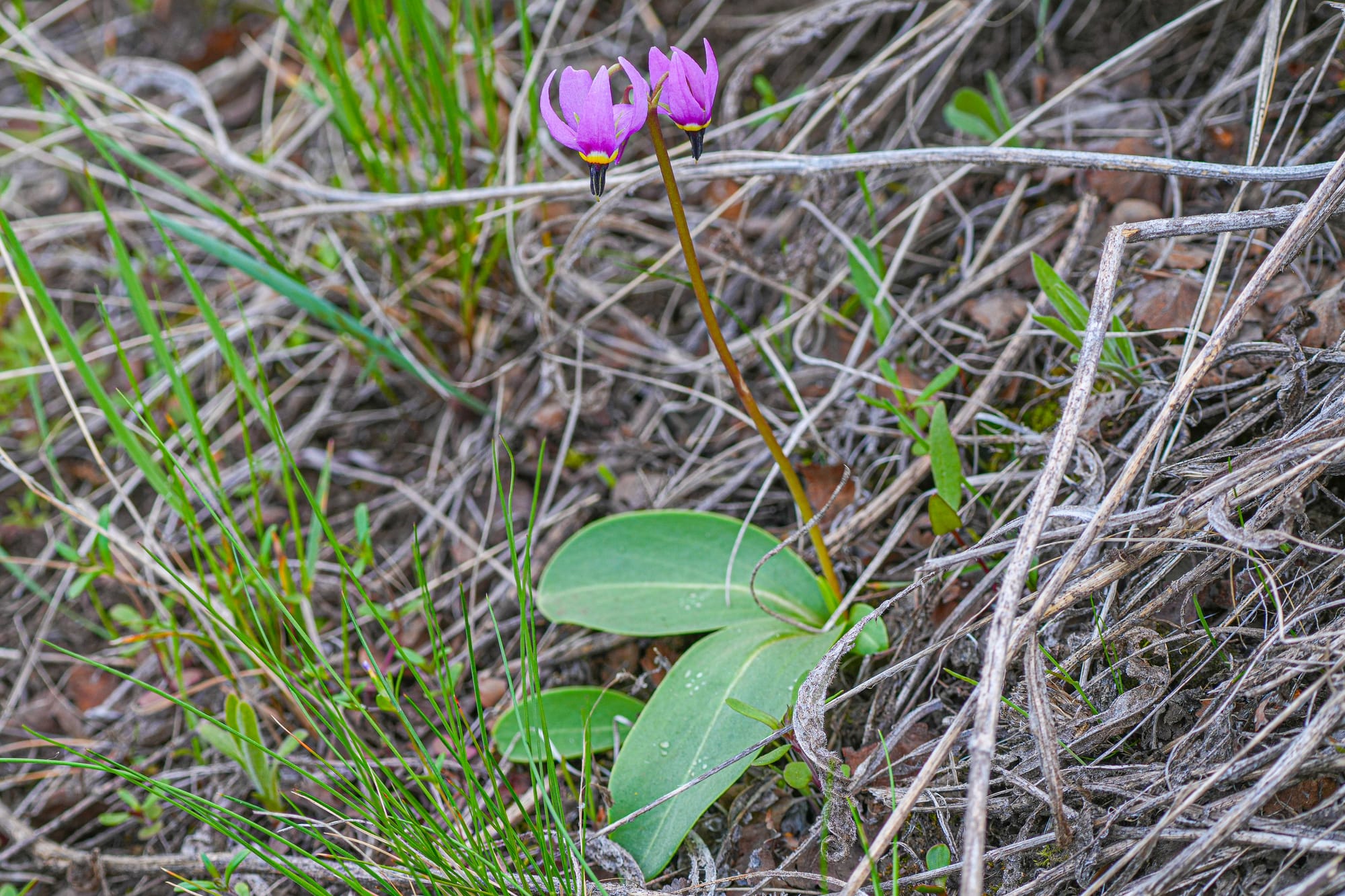
This works because bees have the ability to uncouple their flight muscles from their wings and rapidly vibrate their muscles without flying. Bees use this technique to "shiver" and warm up on cold mornings, which helps them access flowers before other pollinators.
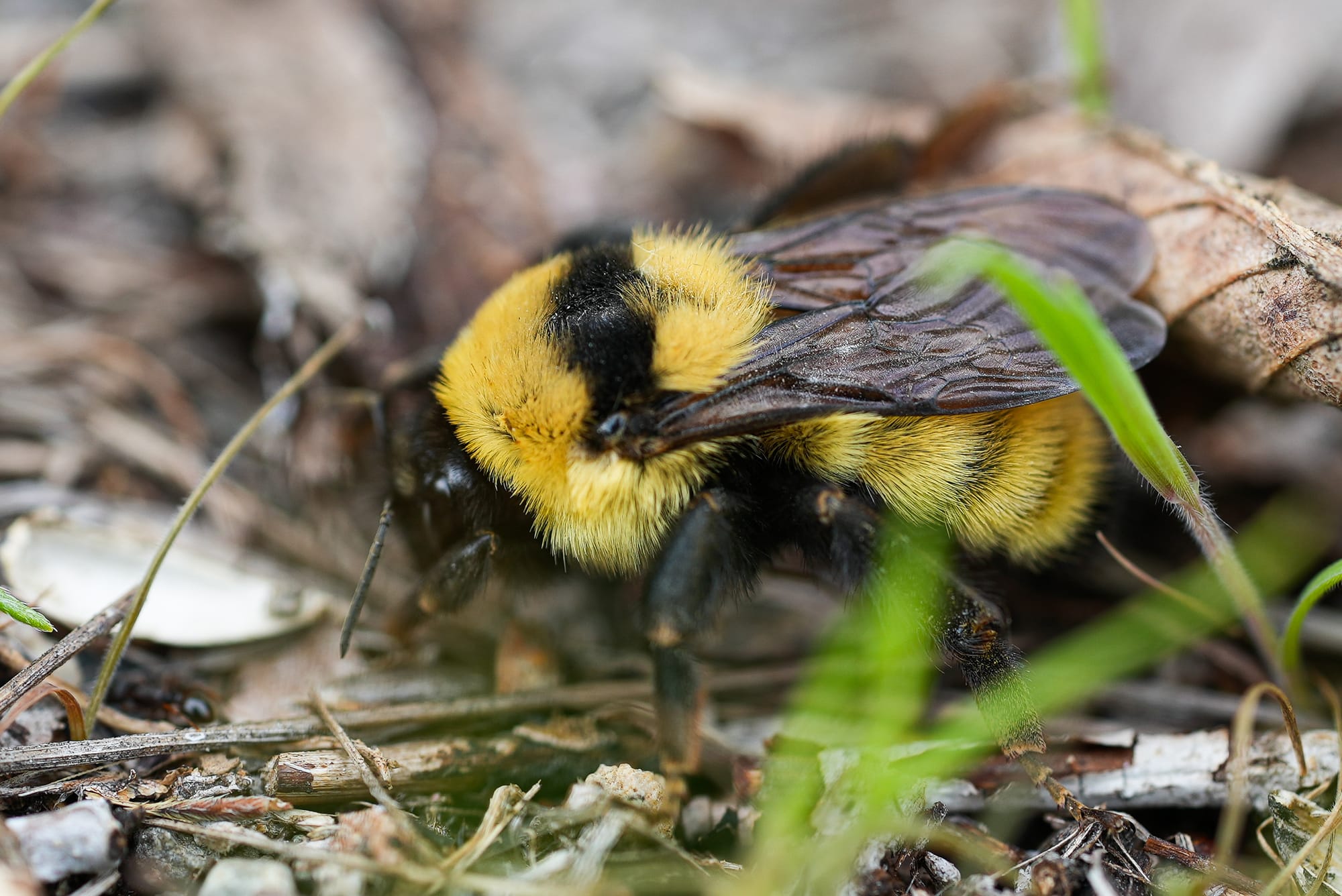
But this mechanism also helps with buzz pollination because a bee can land on a flower, then vibrate its flight muscles to shake pollen out of the anther like a salt and pepper shaker.
What's intriguing is that bees vibrate their wings at around 400 Hertz, but the pollen is designed to be shaken out at 500-1000 Hertz, which means that the flowers are "out of tune" with the bees. However, this is intentional because it ensures that only some pollen (about 10%) is shaken out each time a bee visits a flower, leaving more pollen for other bees.
This strategy of prominently offering pollen to a select group of buzz pollinating bees appears to have evolved at least 50 million years ago and is so successful that 15-20,000 flowers in 72 different families have adopted it.
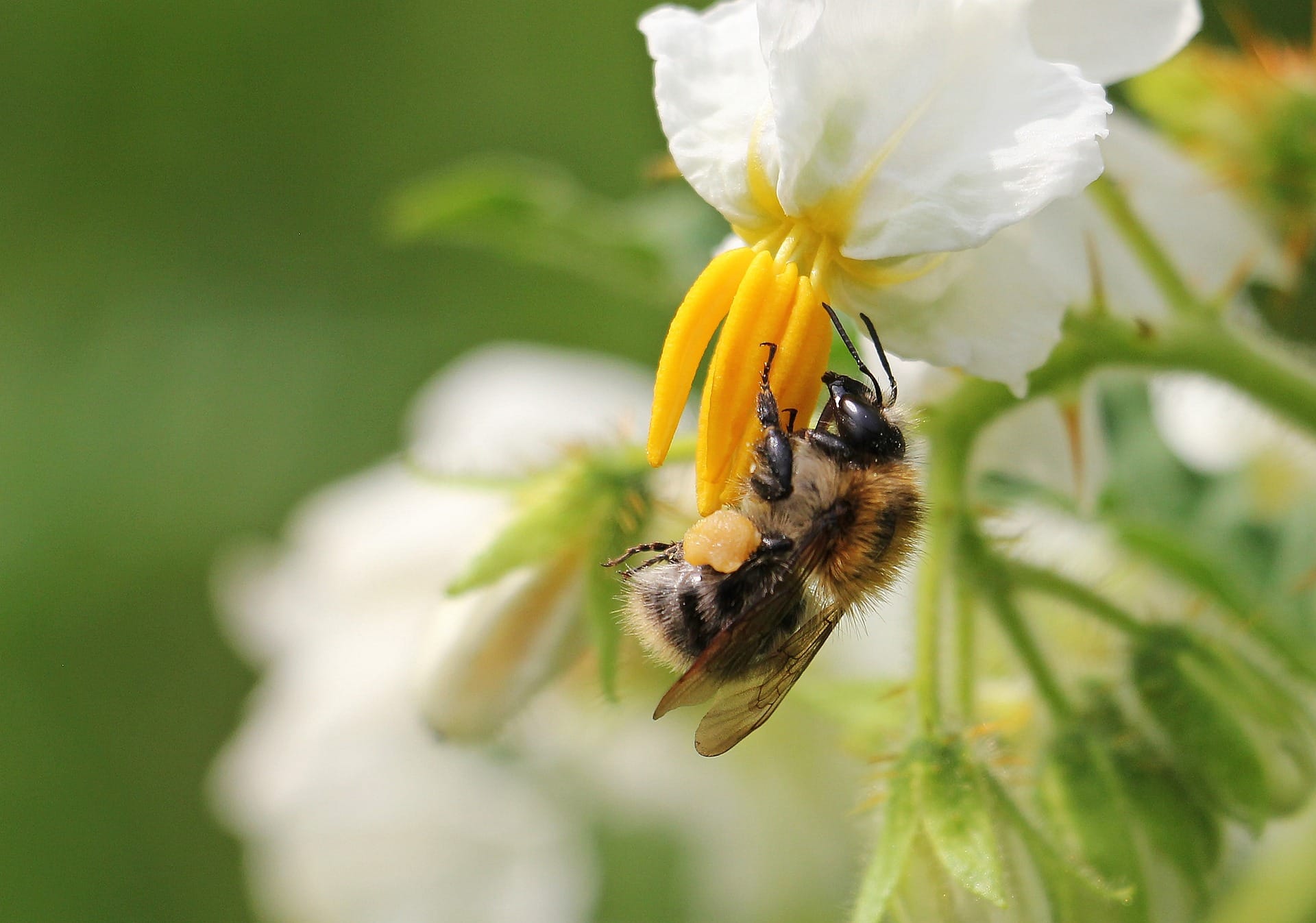
Oddly, honeybees do not buzz pollinate, and this strategy is limited to bumblebees and a handful of solitary bees, but that doesn't make it any less important.

Member discussion